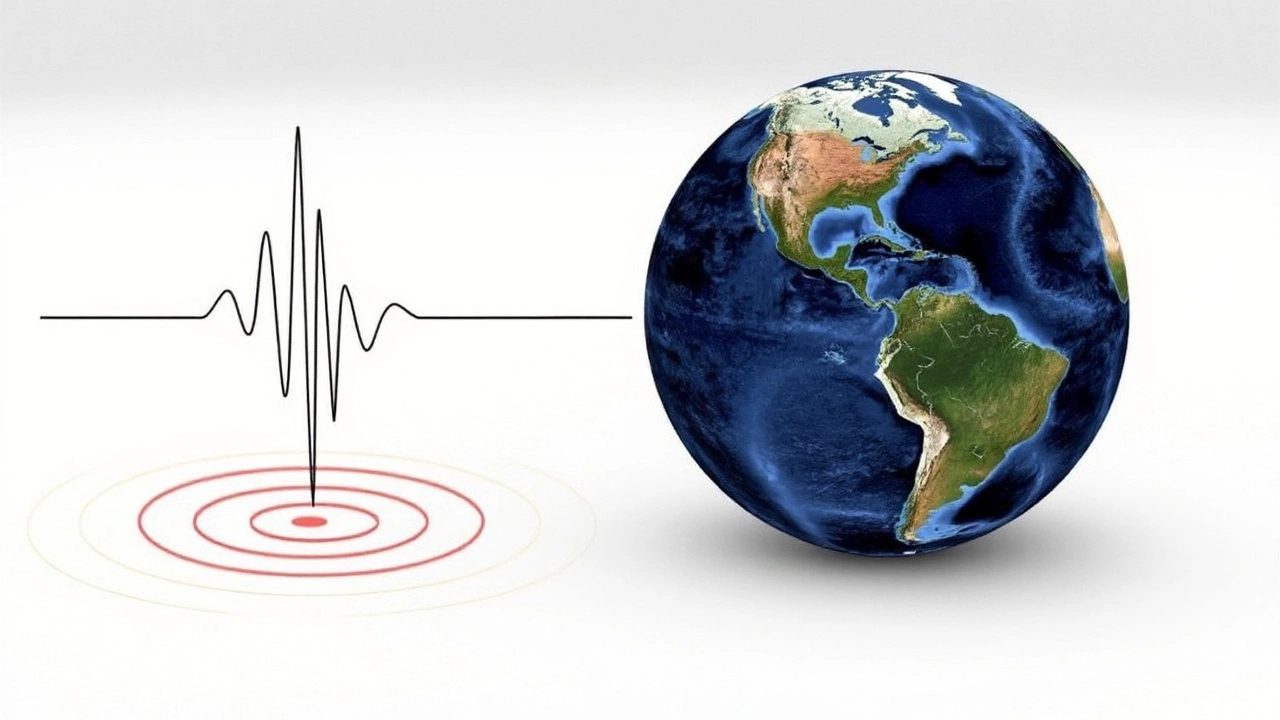Road Cracks Explained: What Causes Them and How to Fix Them
If you drive on a bumpy street, you’ve probably seen those lines that split the pavement. Those are road cracks, and they’re more than just an eyesore. They can lead to bigger problems like potholes, water damage, and unsafe driving conditions. In this guide we’ll break down why cracks appear, the main types you’ll see, and what you can do right now to repair or stop them from getting worse.
Why Do Road Cracks Form?
Cracks start when the asphalt or concrete loses its ability to hold together. Temperature changes are a big reason – hot sun makes the surface expand, cold nights make it shrink, and that repeated movement creates stress. Water is another culprit. When rain seeps into tiny gaps and freezes, it expands and pushes the material apart. Heavy traffic, especially trucks, adds pressure that can force cracks to open up faster. Even the quality of the original mix matters; low‑grade binders or a thin surface layer will crack sooner.
Common Types of Road Cracks
Not all cracks look the same. Here are the most common ones you’ll encounter:
- Longitudinal cracks run parallel to traffic flow. They usually mean the base under the pavement is moving.
- Transverse cracks go across the road. These often appear from temperature shifts or settlement.
- Alligator (fatigue) cracks look like a network of small squares. They happen when the surface is overloaded repeatedly.
- Edge cracks appear at the side of the road, often from poor drainage or lack of support.
Spotting the type helps you choose the right repair method.
DIY Repair: Quick Fixes You Can Do Today
For small cracks (under an inch wide), a simple sealant works well. Here’s a quick step‑by‑step:
- Clear the crack of debris with a brush or compressed air.
- Dry the area – moisture stops sealant from sticking.
- Pour or squeeze a cold‑applied crack filler into the gap. Fill a little past the surface.
- Use a trowel or a piece of cardboard to smooth the filler level with the road.
- Let it cure as the manufacturer advises, usually a few hours.
If the crack is wider than an inch, you’ll need a hot‑applied patch or a professional’s help. Hot rubberized asphalt melts into the crack and creates a strong bond, but it requires equipment.
Preventing Future Cracks
Keeping a road in good shape starts with proper maintenance. Make sure drainage ditches and culverts are clear so water doesn’t sit on the surface. Seal the whole pavement every few years – this adds a protective layer that slows down UV damage and water intrusion. For high‑traffic roads, consider a stronger mix or a thicker surface during resurfacing. Simple actions like filling small cracks quickly can stop them from turning into big potholes.
Whether you’re a homeowner with a driveway or a city planner looking after a busy street, understanding road cracks helps you act before they become costly repairs. Spot the signs, use the right filler, and keep the water out – and you’ll enjoy smoother, safer roads for longer.
Delhi Earthquake: Fact-Checking Viral Claims About Road Cracks
Recent earthquakes felt in Delhi, including tremors from Afghanistan and a local quake, caused concern but no serious damage. Viral online claims of major road cracks in Delhi have not been supported by official reports or credible evidence.





